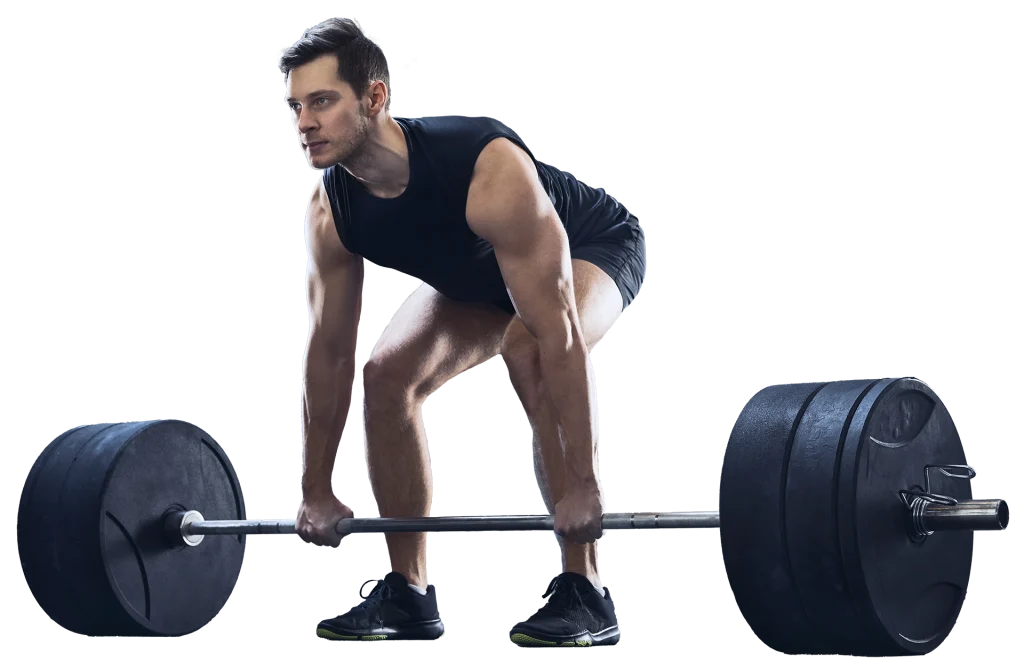TRAINING
Intensity – The Key To Acute Response And Chronic Adaptation

We all know the FITT principles, and how they relate to prescribing exercise to meet the needs of clients in relation to individuality and specificity; but how well do we really understand the importance of the ‘I’ – intensity – and getting clients to work at the correct level?
F
Frequency
How Often
I
Intensity
How Hard
T
Time
How Long
T
Type
Modality
Frequency can influence chronic adaptation. That is, when time between sessions is sufficient for full recovery and optimal for supercompensation, potential for change is at its greatest. Most of the time, however, the number of sessions your clients can commit to is dictated by both time availability and budget; the length of training sessions can also be influenced by these two factors.
Understanding and optimising exercise intensity is pivotal to unlocking the body’s potential for both acute response and chronic adaptation. At its core, exercise intensity refers to the degree of effort exerted during physical activity. When programming, getting this right is essential because it dictates muscle fibre recruitment, which is a fundamental aspect in strength training outcomes. Muscle fibre recruitment, influenced by the percentage of one repetition max (1RM), repetition ranges, and time under tension, all play a significant role in muscle growth and overall performance.
Understanding and optimising exercise intensity is pivotal to unlocking the body's potential for both acute response and chronic adaptation.
Exercise intensity also influences the percentage of heart rate response and perceived rate of exertion, both of which are vital markers of cardiovascular stress and effort perception. By finding the sweet spot in intensity, you can effectively guide your clients, ensuring you work within the optimal heart rate zones, whilst also ensuring more accurate exertion perception. In addition, understanding energy substrate utilisation – or how the body uses different fuel sources during exercise – provides insights into intensity’s impact on fat loss and endurance.
Research underscores the fact that exercise intensity holds precedence over specific exercise selection. While exercise variety can help prevent training boredom and enhance motivation, it is intensity that catalyses the body’s responses. A well-rounded approach, incorporating varied exercises within appropriate intensity levels, ensures comprehensive muscle engagement and holistic fitness development.
By understanding the science behind intensity, you can better guide your clients toward their fitness zenith, where acute responses and chronic adaptations harmoniously converge.
Low Intensity
Moderate Intensity
High Intensity
Low Intensity
Type I (Slow Twitch)
Endurance
60-70% 1RM
13-20 Reps
Oxidative
Aerobic
50-75% MHR
Lipids
Moderate Intensity
Type IIa (Fast Twitch)
Hypertrophy
70-80% 1RM
8-12 Reps
Glycolytic
Anaerobic (Lactic)
75-90% MHR
Lipids / Glycogen
High Intensity
Type IIx (Fast Twitch)
Strength
80-100% 1RM
1-7 Reps
Phosphagen
Anaerobic (ATP)
90-100% MHR
Glycogen
How to know when intensity is too high
Indicators that training intensity may be exceeding an individual’s capacity commonly include a loss of optimal or acceptable form or technique (in the short-term); and insufficient recovery markers (over the long-term).
Loss of form / technique
When intensity surpasses the body's physical capacity, form/technique deteriorates. Prior to the end of a set, this can lead to incorrect muscle activation due to compensation. In turn, this can compromise the effectiveness of the workout and lead to an increased risk of injury.
Inadequate recovery markers
These markers may suggest that the training load is too high, which can impede the body's ability to repair and adapt. Inadequate recovery markers can include prolonged DOMS (delayed onset muscle soreness), persistent fatigue, or declining performance.
Undulating exercise intensity, or fluctuating between high and low intensity levels during training, promotes long-term benefits.
Once these signs are recognised and addressed, training intensity should be adjusted to a more optimal level. Doing so will ensure sustainable progress, and contribute to the prevention of long-term setbacks in an individual’s fitness journey.
When the body is pushed beyond its capacity to continue progressing positively, the need to undulate – i.e., reduce the intensity on occasion – can have a beneficial effect. Undulating exercise intensity, or fluctuating between high and low intensity levels during training, promotes long-term benefits. This approach prevents plateau, enhances adaptability, and reduces the risk of overtraining. It also encourages sustained progress and overall fitness improvements.
When you embrace the science behind intensity, you can better guide your clients toward their fitness zenith, where acute responses and chronic adaptations harmoniously converge.
Mastering exercise intensity is a nuanced art. As a fitness professional, you need to consider muscle fibre recruitment, strength training variables, heart rate response, perceived exertion, and energy substrate utilisation. By doing so, you’ll empower your clients to achieve optimal results, both in the immediate aftermath of a workout, and in their journey towards achieving their longer-term fitness goals.


Stuart Greaves
Stuart is a Lecturer at North Metropolitan TAFE teaching fitness and sport qualifications. He has dedicated his time to educating and mentoring industry professionals and athletes for over 20 years.